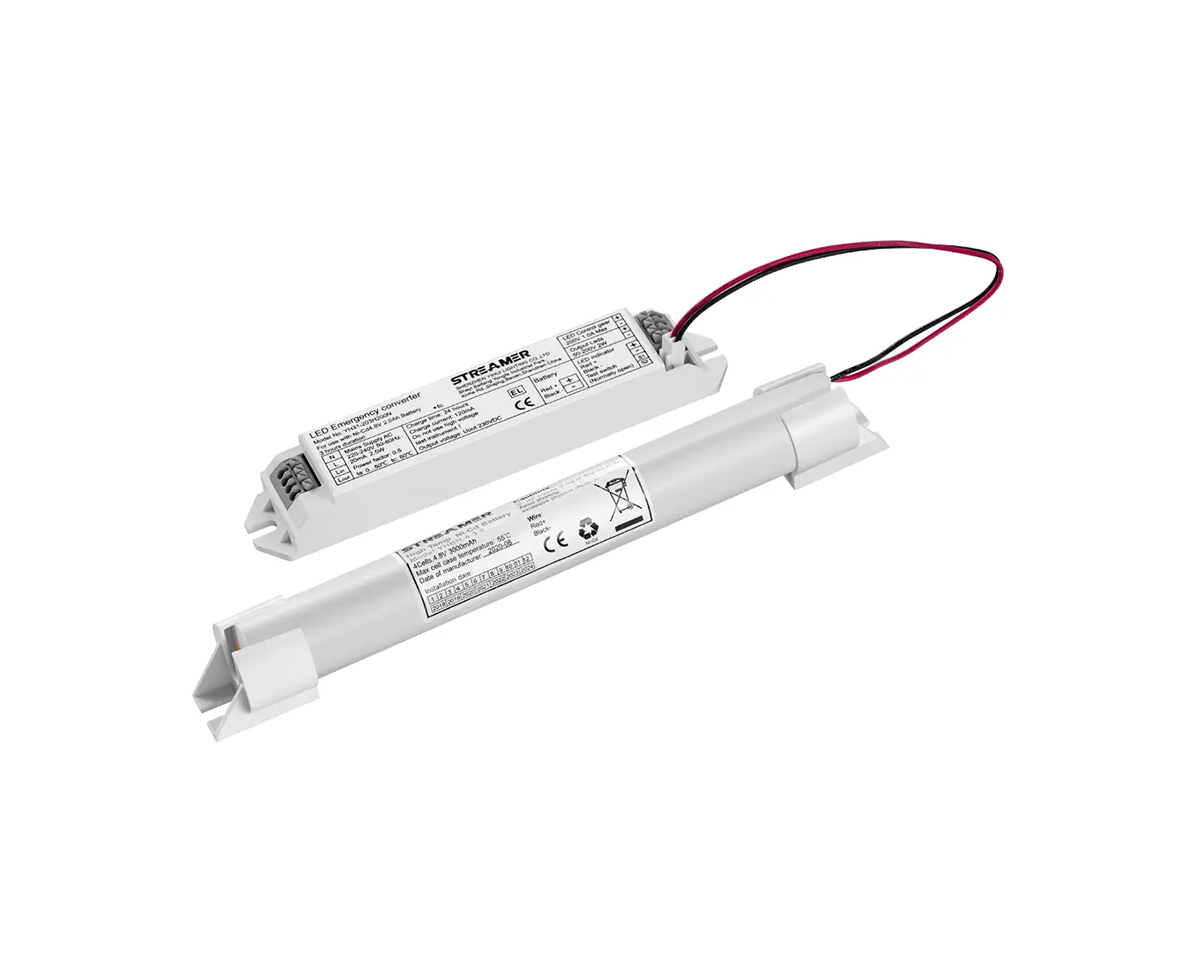 1
1
 Mar 03, 2025
Mar 03, 2025

Emergency batteries often need to function in cold environments, and their performance can be severely degraded at low temperatures. To optimize their low - temperature performance, several strategies can be employed.
One key aspect is the choice of battery chemistry. Some battery chemistries are more tolerant of cold temperatures than others. For example, lithium - ion batteries with certain additives or specific formulations can maintain a relatively higher capacity at low temperatures compared to traditional lead - acid batteries. These advanced lithium - ion batteries are designed to reduce the impact of the increased viscosity of the electrolyte at low temperatures, which otherwise restricts the movement of ions and decreases the battery's performance.
Thermal management systems can also be implemented. In some cases, heating elements can be integrated into the battery pack. These heating elements are activated when the temperature drops below a certain threshold. They gently warm the battery, bringing it to an optimal operating temperature range. This allows the battery to function more efficiently and deliver its rated capacity. Another approach is insulation. Using high - quality insulation materials around the battery pack can help retain heat generated during normal battery operation. This insulation reduces the rate of heat loss to the cold environment, keeping the battery at a more stable temperature.
In addition, proper charging and discharging techniques are crucial. At low temperatures, it's important to charge the battery at a lower current rate. High - current charging at low temperatures can cause the formation of lithium dendrites in lithium - ion batteries, which can damage the battery and reduce its lifespan. By using a lower charging current, the battery can be charged more safely and effectively in cold conditions. Similarly, when discharging, the load on the battery should be carefully managed to avoid over - discharging, as the battery's ability to accurately gauge its state - of - charge can be affected by low temperatures.